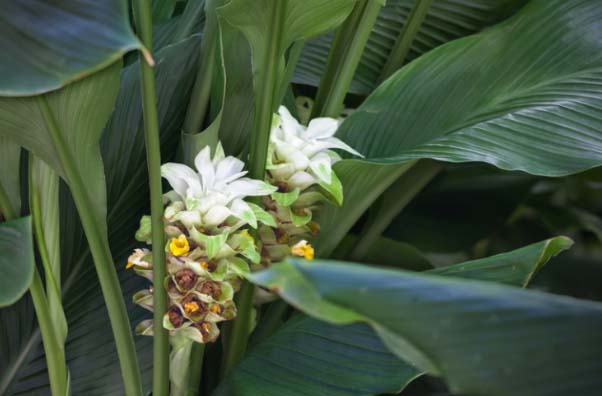Blog

India is the world’s largest producer and exporter of turmeric, often referred to as the “golden spice.” With rising global demand for organic and high-quality turmeric, exporting from India is a profitable opportunity.
Here’s a quick step-by-step guide to help you Export Turmeric from India
1. Choose the Right Variety
India offers several turmeric varieties like Salem, Alleppey, Erode, and Lakadong. Each has different curcumin content and aroma. Select based on your target market’s preference.
2. Get the Necessary Licenses
To export turmeric, ensure you have:
– Import Export Code (IEC)
– FSSAI License (for food-grade turmeric)
– GST Registration
– APEDA Registration (for agricultural exports)

3. Ensure Quality Standards
Quality is key. Your turmeric must meet the buyer’s country standards. Focus on:
– Moisture content
– Curcumin level
– Organic or pesticide-free certification (if required)
4. Packaging and Labelling
Use food-grade packaging with proper labeling (batch number, origin, weight, etc.) as per international guidelines. Vacuum or foil packs are preferred for freshness.
5. Find Buyers
Export turmeric to countries like the USA, UAE, Germany, Malaysia, and Japan. You can connect with:
– International trade fairs
– Online B2B platforms like Alibaba or IndiaMART
– Export promotion councils
6. Shipping & Logistics
Choose between sea and air freight based on volume and urgency. Partner with a reliable freight forwarder for documentation, customs clearance, and delivery.
Export Turmeric the Right Way with Sattvaya
At Sattvaya, we specialize in exporting premium-grade Indian turmeric, ethically sourced from certified farms. Whether you’re a wholesaler, importer, or retailer looking for consistent supply, Sattvaya ensures purity, potency, and punctual delivery — globally.

Get in touch with us today to start your turmeric sourcing journey with Sattvaya — India’s trusted turmeric export partner.
FAQs: Exporting Turmeric from India
1. What are the basic documents required to export turmeric from India?
To export turmeric, you need an Import Export Code (IEC), FSSAI license (if it’s food-grade), GST registration, and APEDA registration. Additional certificates like phytosanitary or organic certification may be required depending on the destination country.
2. Which countries import the most turmeric from India?
Top importing countries include the USA, UAE, Malaysia, Bangladesh, Germany, and Japan. These markets value Indian turmeric for its strong flavor and high curcumin content.
3. Is organic certification mandatory for turmeric export?
No, it’s not mandatory unless your buyer specifically requests organic turmeric. However, having organic certification can help you access premium markets and get better prices.
4. How does Sattvaya ensure turmeric quality for export?
Sattvaya sources turmeric directly from certified farms and follows strict quality control for moisture content, curcumin level, and cleanliness. We also offer lab-tested turmeric with proper documentation for international trade.
5. Can Sattvaya handle bulk turmeric export orders?
Yes, Sattvaya is equipped to fulfill bulk and container-level turmeric exports with global shipping support, private labeling, and customized packaging options based on client needs.
